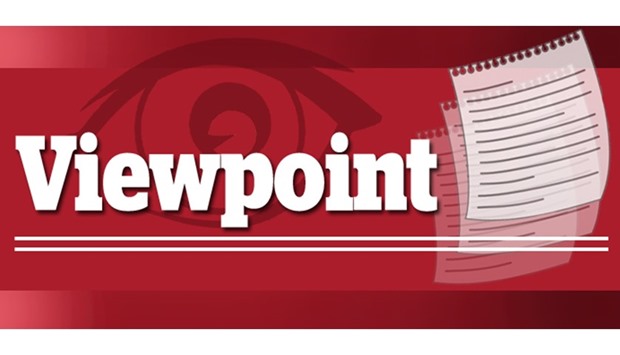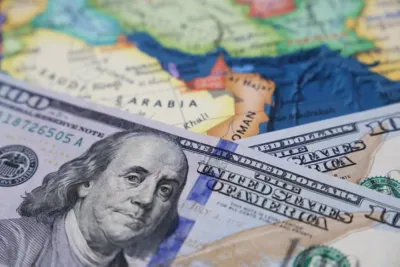The global financial system is now staying focused on December when the Federal Reserve (Fed) is expected to raise interest rates after the US central bank maintained status quo at its meeting on September 21.
The Fed, however, strongly signalled it could still tighten monetary policy by the end of this year as the labour market improved further.
The sixth straight hold extends US central bankers’ run of getting cold feet amid risks from abroad and inconsistent signs of economic strength.
Now the focus will shift to December as the Fed’s likely last chance to raise interest rates this year -- a move analysts say depends on how the economy, inflation and markets fare in the months surrounding a contentious presidential election.
The Fed’s next meeting will take place just a week before the US Presidential elections in November, but many analysts think it might not raise rates close to the crucial election. That’s why; many analysts believe the last meeting of the year in December is seen as the most likely time for the next rate hike — so long as the economy keeps improving in line with the Fed’s expectations.
The next Federal Open Market Committee (FOMC) meeting will be on November 2 (one week before the US presidential elections) and its last meeting for this year has been scheduled for December 14.
The Fed kept its target rate for overnight lending between banks in a range of 0.25 to 0.50%, where it has been since it hiked rates in December for the first time in nearly a decade.
Last December, the Fed signalled that four rate increases were likely in 2016, but that was scaled back in March due to the global growth slowdown, financial market volatility and concerns about tepid US inflation.
The Fed decision to stand pat on rates weakened the dollar, which in turn gave commodities a boost.
Fed Chair Janet Yellen, speaking after the central bank’s latest policy statement, said the US growth was looking stronger and rate increases would be needed to keep the economy from overheating and fuelling high inflation.
“We judged that the case for an increase has strengthened but decided for the time being to wait,” Yellen told a news conference in Washington DC last week. “The economy has a little more room to run.”
Yellen also said she expected one rate increase this year if the job market continued to improve and major new risks did not arise.
The central bank appeared more confident on September 21, saying in its statement that near-term risks for the economic outlook “appear roughly balanced.” That means policymakers think the economy is about as likely to outperform forecasts as to underperform them.
The economy expanded sluggishly in the second quarter and added fewer jobs than expected in August. Inflation also showed signs of scaling up last month.
With the Fed’s policy committee concluding that “the case for an increase in the federal funds rate has strengthened” it appears to be on track for a December hike.

viewpoint


